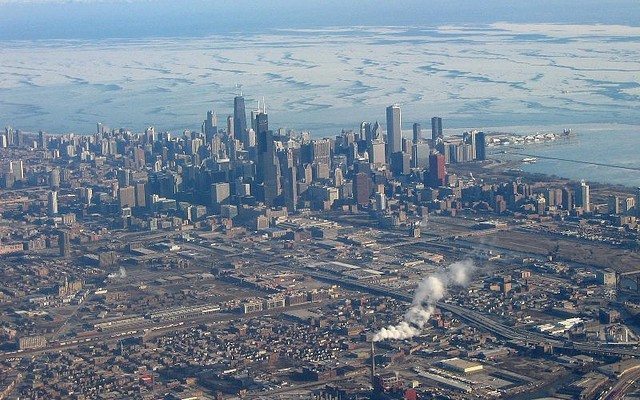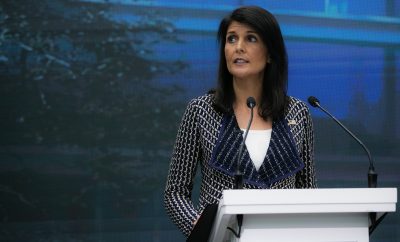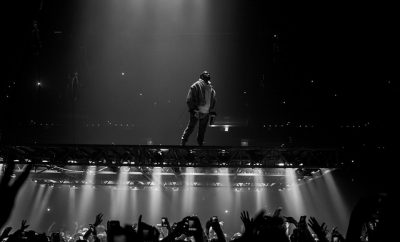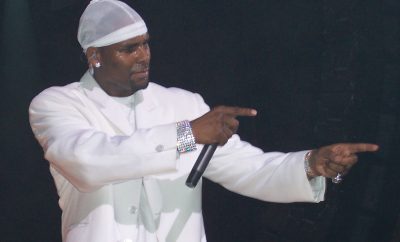
Society and Culture
It’s Not Safe for You in This Zoo
This post is not about Kanye West but the title was inspired by him. The title, I think, can forevermore be used as a turn of phrase that attempts to express all the rage, exasperation, and downright frustration experienced by young Black men in America. Kanye used it to reference his experience of celebrity — how he felt trapped in a cage, with insensitive, often antagonistic, onlookers. The paparazzi often “tap on the glass” of his cage merely to elicit a reaction. His response to this madness? The admonition: IT’S NOT SAFE FOR YOU IN THIS ZOO.
Well, I don’t want to use this phrase to qualify my experience as a Black man. I’ve had pretty easy sailing most of my life. My family was working class, but I always had food on the table and a roof over my head. I never got into much trouble, and none of my childhood friends were involved in gang violence. However, that’s more than the urban youth of Chicago can say. Those Black and minority boys are portrayed in the media as nearly subhuman. They are demonized and vilified to the point where some cease to care if they continue the violence that has plagued Chicago recently. I’d argue that there is more to the story.
News about the urban violence in Chicago is inescapable. It’s almost a given that Chicago is synonymous with gun violence these days. There is news of raising minimum sentences for repeat offenders who are involved in violent crimes using guns and would require the person to serve no less than 85% of the sentence imposed. I could spend an entire post chronicling the problems with mandatory minimum sentences, but this most recent proposal seems somewhat tempered by a provision that does not compel the minimum sentence for a first-time offender. But will punishing offenders more harshly really act as a deterrent?
Many people’s image of Chicago is influenced by the popular culture. And no, I don’t mean the movie “The Untouchables” or that “Chicago Fire” show full of dusty white men in Fireman’s uniforms. What I mean is the image of Chicago, and Chicago’s Black youth, as exemplified by everyone’s favorite walking, talking dustball, Chief Keef. If you don’t know Mr. Keef, as he is hilariously referred to in some news articles, allow me to introduce him.
Okay so that’s not Chief Keef, but it’s a close representation of the young man. Here’s what he really looks like:
Chief Keef, born Keith Cozart, was born in the Englewood neighborhood of Chicago’s now-infamous South Side. Without deriding this young fellow, who happens to be only 18, his music and his media image are indicative of the almost rabidly violent frustrations of the Black youth in Chicago. He has an infant child. He’s had trouble with the law. In 2011, he was apprehended on charges of heroine manufacture. [I couldn’t possibly tell you how to manufacture heroine but then again, I guess you could Google it.] When he once left his home with a jacket covering his hands, and an officer stopped to question him, Mr. Keef (see how silly that sounds?) flashed the gun he was concealing at the officer and then ran away. The officer chased while Keef repeatedly turned around and pointed the gun at the officer. The officer discharged his weapon but never struck the rapper. Keef was eventually sentenced to home confinement.
His music is violent. His image is dangerous. But does that really represent the kid? I don’t think so. I think the rapper is representative of a Black youth culture in poorer parts of Chicago that simply doesn’t see a way out of their circumstances. Kanye once asked “what the summer of the Chi’ got to offer an 18-year-old?” Perhaps quite little. But I also don’t think it isn’t fare to scapegoat much of the violence in inner-city Chicago on a populace that is often caught in the same pressures that lead many others, of all races, to lash out with antisocial behavior. But I think the media portrayal of the city and its ills is almost a self-fulfilling narrative.
My point is that when you treat a group of people like animals, when you dehumanize them and talk about them as if they are a collage of violence, drug use, abuse, and distribution, they are bound to begin thinking that’s the only way to identify themselves. But you know what also happens? Sometimes the animals bite back. Sometimes the very societal pressures they struggle under become too much and they erupt. And I guess that was the point Kanye was making when he said “It’s not safe for you in this zoo.” The very idea of a zoo creates a false sense of calm created by the feeling of control the people have over the animals. We begin to believe that these creatures are at our beck and call. We become complacent with the environment in which we have placed these creatures without thought to the stressors we have put them under. And then someone gets hurt, and we wonder why.
Don’t get me wrong, however. Urban violence is not explained away by someone’s lack of social mobility. But neither is it a symptom of some incurable, violent rage that a subset of Chicago’s youth population has. It is more complex. Chicago is just an extreme example, but similar feelings of frustration erupt in towns all across this country. So lest the media fool you into thinking urban violence is exclusively in Chicago, peer out your window and examine the surroundings in your city. Recognize that when you dehumanize a culture you don’t understand, it might not be safe for you in that zoo.
—
Featured image courtesy of [ClaireUS via Flickr]








Comments